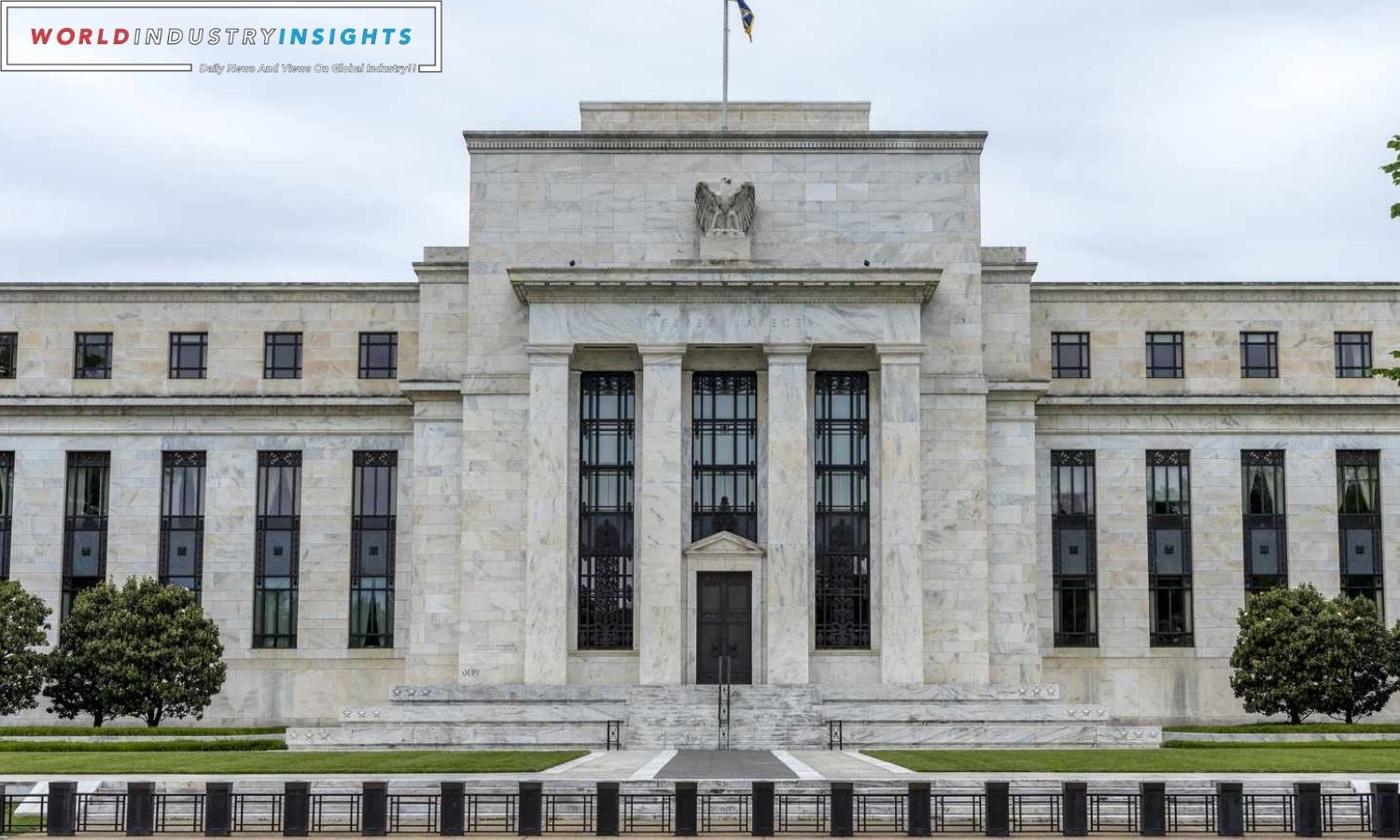Federal Reserve Economic Projections: September 2016’s Federal Reserve meeting revealed something surprising. They spent years trying to figure out why the U.S. economy took so long to recover from the 20072009 slump.
John Williams managed the San Francisco Fed. President of the New York Fed. He argued the U.S.’s 2.5% or more annual economic growth couldn’t be maintained since the population was aging and production was falling. Accordingly, policymakers cut their median long-term GDP growth projection to 1.8%, indicating a 10-year decline.
The years that followed were completely different. The US economy gained 2.5% annually after the crucial conference and before COVID-19. Even during Joe Biden’s presidency, the average rate was 3%. The pandemic was so severe and the government had to aid, making economic estimates tougher to interpret.
This week is the Federal Reserve’s annual research gathering in Jackson Hole, Wyoming. Prepare for a tremendous task when you go. They will face an economy in transition, with an unanticipated gain in U.S. employment, a boom in factory building, global supply line growth, persistent inflation, and rising productivity. Even given these factors, they are unlikely to change their conservative view of US economic prospects. Slow population growth, complex immigration, and unpredictable output remain issues.
Read More: PayPal Stablecoin Realm with PayPal USD A Safer Approach Than Facebook’s Libra?
In recent articles, BlackRock experts predicted a bad future. They predicted that baby boomer aging, fluctuating inflation, and a labor shortage might limit U.S. economic growth to 1%. Because things didn’t go as planned, officials are now talking differently. Federal Reserve forecasts for American labor growth doubled from 2016 to 2019. Adam Posen of the Peterson Institute for International Economics in Washington thinks the central bank’s past tracking was a mistake.
Both Trump and Biden have kept the economy growing despite their differences. Trump’s business tax cuts, Biden’s tech-focused industrial policy, and infrastructure work revived industry. Conference Board think tank’s Dana Peterson worries this can’t go forever. The national debt and the Fed’s interest rate hikes to fight inflation are unsolvable.
Everyone will watch Federal Reserve Chair Jerome Powell speak in Jackson Hole this week. Since March 2022, the Federal Reserve has hiked interest rates by 5.25 percent to battle inflation, but the economy has remained solid. The Federal Reserve expects 1.8% economic growth by June 2023.
Some excellent things, though. Some think working from home and improving technology would help people do their jobs. In the 1990s, former Federal Reserve chairman Alan Greenspan proposed “technology-driven growth”. New evidence supports this position. Second-quarter productivity rose 3.7%, which is outstanding. JPMorgan’s Michael Feroli discusses the ramifications of fast-growing AI uses. The Federal Reserve worries about inflation, yet efficiency might boost the economy and wind down economic activity more slowly.
Our Reader’s Queries
What is the Fed projection for 2023?
The FOMC has predicted that the economy will experience a growth rate of 2.6% in 2023, which is a slight increase from its previous projection of 2.1% for this year’s real gross domestic product.
What are the Fed economic predictions?
Although inflation pressures are easing, PCE inflation is still above the Fed’s 2% target. However, private-sector forecasters predict that inflation will drop below 2.5% by 2024. The U.S. real GDP grew at an impressive 4.9% annual rate in Q3 of 2023. While real GDP growth is expected to slow down significantly, it is still projected to remain positive in 2024.
What is the economic projection for 2023?
Our projections indicate that the real GDP will experience a growth of 2.4% in 2023, but it is expected to slow down to 0.9% in 2024. Nevertheless, we anticipate that the US economy will gradually stabilize after this decline. In 2025, we predict that the GDP growth will reach its potential and come in at 1.7%.
What is the economic projection for 2024?
Looking ahead to 2024, our U.S. economic forecast predicts a 2% growth rate, 0 recessions, 2% inflation, and unemployment hovering around 4%. While this outlook is promising, there are potential risks that could steer us off course. We’ve noticed a gradual decline in demand, which follows a surprisingly robust 2023. Despite these challenges, we remain optimistic about the future of the U.S. economy.


